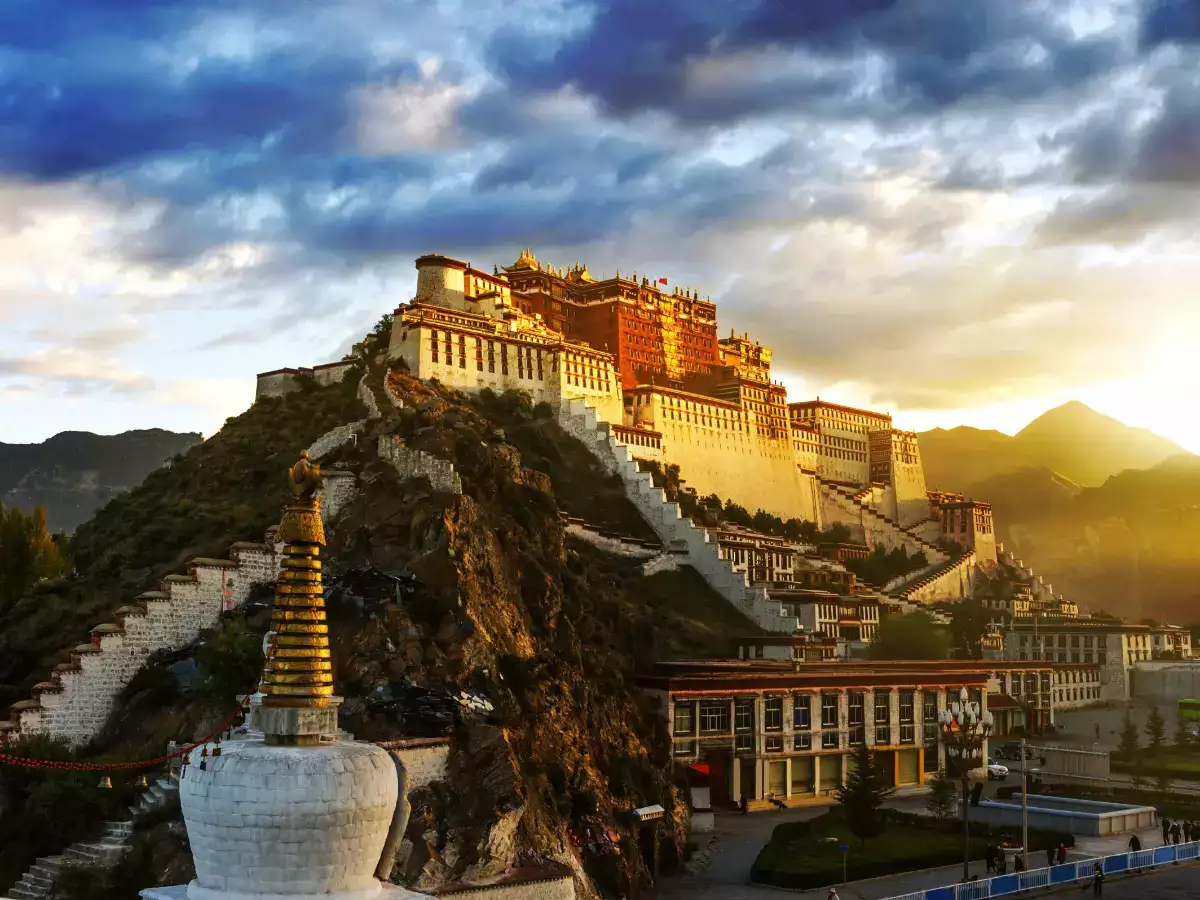
Nestled in the heart of the Himalayas, Tibet stands as an enigmatic land of profound spirituality, breathtaking landscapes, and a rich cultural heritage that stretches back millennia.
Known as the “Roof of the World,” Tibet’s unique geography, ancient traditions, and spiritual significance have captured the imagination of adventurers, scholars, and spiritual seekers alike.
Geography and Landscape: A Journey to the Heavens
Tibet’s awe-inspiring landscapes are a testament to the Earth’s incredible diversity. The region’s vast high plateaus, soaring mountains, and tranquil lakes paint a mesmerizing picture of raw, natural beauty.
The world’s highest peak, Mount Everest, graces the northern border of Tibet, drawing mountaineers and explorers from around the globe in pursuit of the ultimate alpine challenge.
The Tibetan Plateau, with an average elevation of over 4,000 meters (13,000 feet), is a geographical wonder that has shaped both the culture and the people who call this land home.
The vastness and stark beauty of this plateau are complemented by serene lakes like Yamdrok and Namtso, which have been revered as sacred bodies of water by Tibetan Buddhists for centuries.
Here are the top five places that you must see if you are visiting Tibet.
But before that, how about connecting with us on our youtube travel vlog to find more interesting locations that you can visit?
1. The Potala Palace
Located on the side of Marpo Ri (Red Mountain), northwest of Lhasa City, the Potala Palace is a large and impressive building complex.
Built in 637, the Potala Palace was a royal palace of King Songtsan Gampo. In 1645, Lozang Gyatso, the Great Fifth Dalai Lama reconstructed the Potala Palace, from which time the Potala Palace became the residence of the Dalai Lama and the theocratic center of Tibet.
Collected within are innumerable treasures and artworks — the Potala Palace is “the palace of art”. The Potala Palace is a UNESCO World Cultural Heritage Site that you cannot miss in Tibet.
2. Jokhang Temple
Built in the 7th century, Jokhang Temple is located in Barkhor Square, Lhasa. It is the supreme temple of Tibetan Buddhism and is considered as the most sacred and important temple by Tibetans. Jokhang Temple is a must for the Lhasa tour.
It was built by King Songtsan Gampo for his two brides: the Tang Princess Wencheng and Nepalese Princess Bhrikuti. The temple’s architectural style combines Chinese Tang Dynasty design with Indian vihara design and Nepalese design.
Both princesses brought statues of Sakyamuni from China and Nepal respectively, and the two statues were housed in Jokhang Temple. At present the statue Princess Wencheng brought is still housed in the temple, but the statue Princess Bhrikuti brought is housed in Ramoche Temple.
3. Namtso
Namtso is considered one of the most beautiful places in Tibet. Located in Damxung County and Baingo County, Tibet Autonomous Region, Lake Namtso is the second-largest saltwater lake in China. Namtso means ‘Heaven Lake’ in Tibetan. Namtso is at an altitude of about 4,718 meters (15,479 feet) — truly a lake in the sky.
Namtso is regarded as a holy lake by Tibetan Buddhists. During the Year of the Sheep in the Tibetan calendar believers make a pilgrimage to Lake Namtso. There are four temples around the lake. Quiet and large Lake Namtso, next to the blue sky, with white clouds surrounding the giant snow mountains, will purge your soul whether you are a Buddhist believer or not.
4. Yamdrok Lake
Yamdrok Lake (Yamdrok Yumtso) is one of the three holy lakes in Tibet. Located in Nagarzê County, Shannan Prefecture, Yamdrok Lake is about 70 kilometers from Lhasa.
Yamdrok Lake means ‘jade lake’ in Tibetan. It is a barrier lake since glacial mud-rock flows blocked the river way millions of years ago. Yamdrok Lake, with a surface area of 638 km2 is about 70 times the size of West Lake in Hangzhou. It is a coral-colored lake and it is also called a coral lake.
The famous Samding Monastery, the only Tibetan monastery which is headed by a female tulku is on the southwest coast of the lake. The unique natural scenery of Yamdrok Lake, combining lakes, islands, pastures, wild animals and plants, the monastery, snowy mountains, and blue sky, is incredibly attractive.
5. Yarlung Tsangpo Grand Canyon
The Yarlung Tsangpo Grand Canyon is the deepest canyon in the world and is regarded as the most beautiful canyon in China.
Stretching 505 km (314 miles), the Yarlung Tsangpo Grand Canyon starts from Daduka Village, Mailing County at an altitude of 2,880 meters (9,450 feet) in the north to Pasighat Village, Mêdog County at an altitude of 115 meters (377 feet) in the south. Its average depth is 2,268 meters (7,440 feet) and the deepest point is 6,009 meters (19,714 feet).
The Tsangpo Canyon is the biggest channel for aqueous vapor from the Indian Ocean to access the Tibet Plateau. Therefore the Tsangpo Canyon is very moist, with dense forests and various wildlife.
Combining high mountains, turning canyons, and great waterfalls, it is no doubt that the Yarlung Tsangpo Grand Canyon is an amazing natural phenomenon and a great treasure for mankind.
Spiritual Haven: The Heart of Tibetan Buddhism
Tibet’s spiritual legacy is perhaps its most enduring and captivating aspect. The teachings of Tibetan Buddhism, with their emphasis on compassion, mindfulness, and enlightenment, have resonated far beyond the borders of this ancient land.
His Holiness the 14th Dalai Lama, a globally revered figure and spiritual leader, has been a beacon of wisdom and inspiration, sharing the principles of peace and understanding with the world.
The practice of meditation, prayer wheels, colorful prayer flags fluttering in the wind, and the hauntingly beautiful sound of monks chanting in monasteries all contribute to Tibet’s deeply spiritual atmosphere.
Pilgrims from across the world embark on arduous journeys to visit sacred sites like Mount Kailash, believed to be the abode of Lord Shiva, and engage in the kora, a ritual circumambulation that symbolizes the cyclic nature of existence.



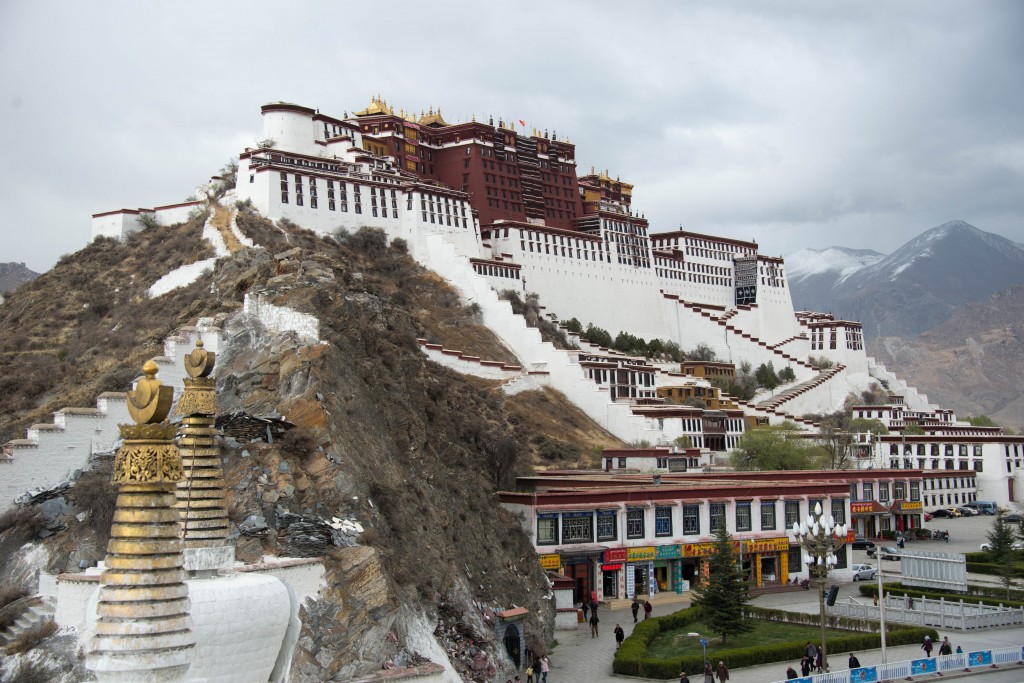
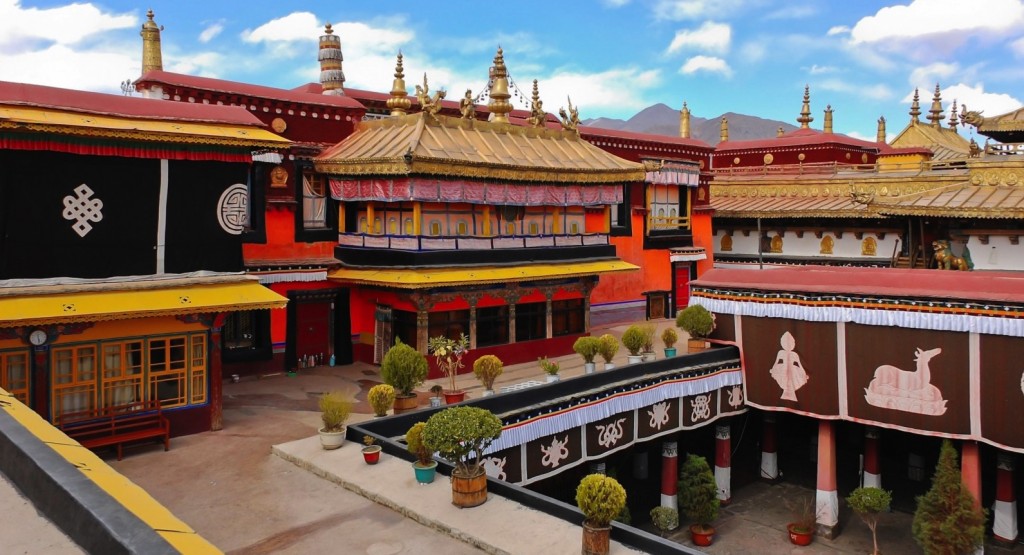
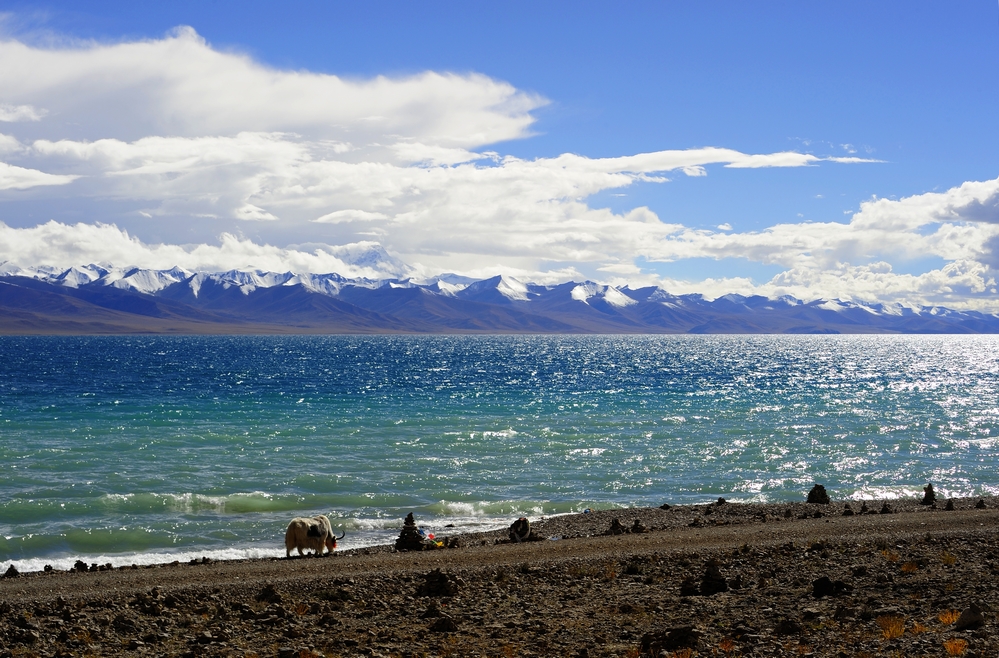
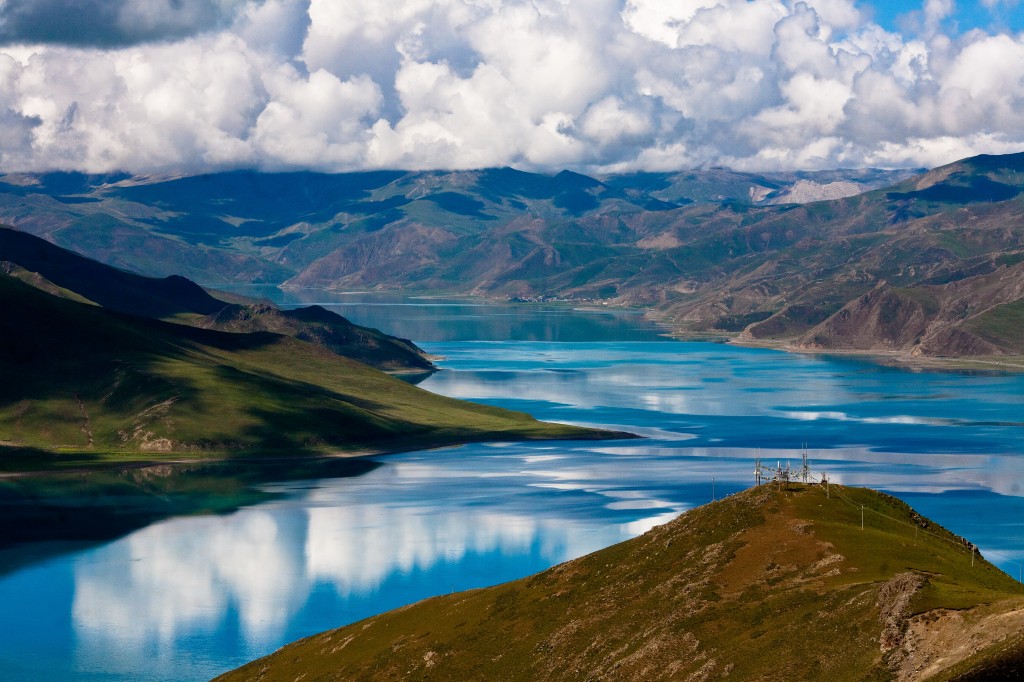

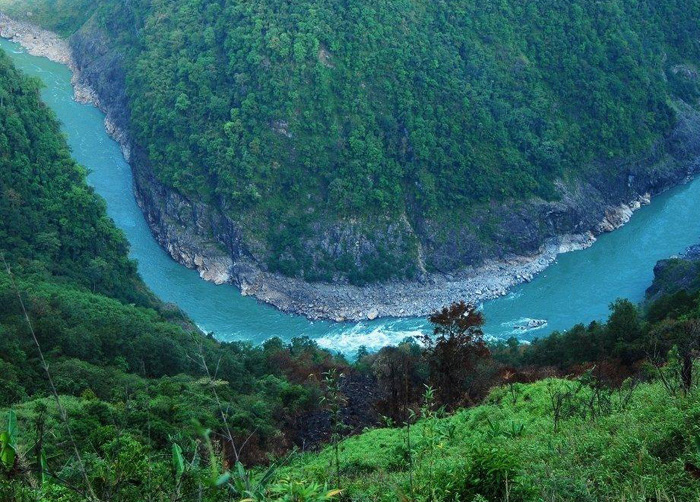

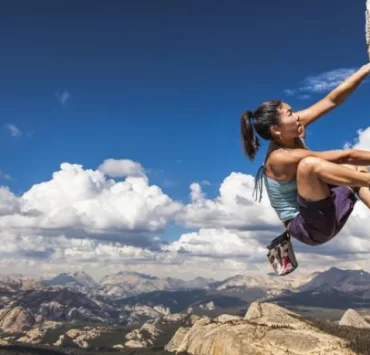
Wow, its beautiful 👌🏼